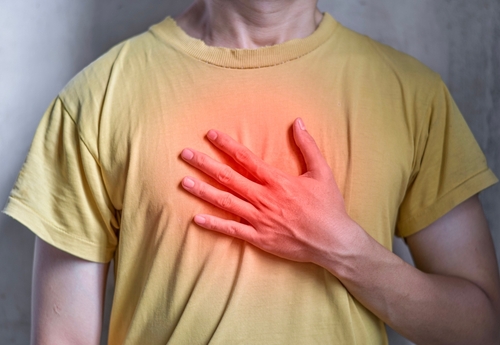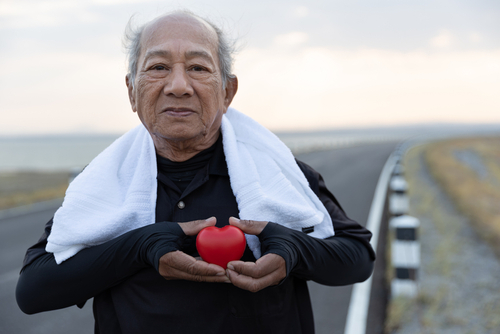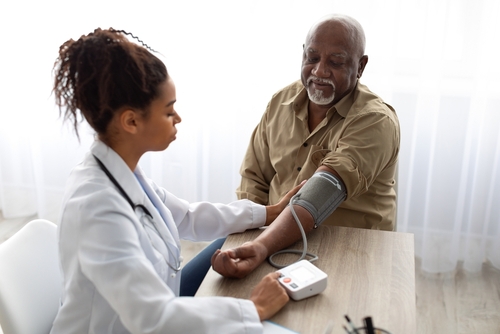Aortic Stenosis Treatment in Elderly Adults: Heart Health
Category:

Have you ever felt tightness in your chest? Do you feel extreme exhaustion after minor physical activity? It may be worth getting checked for aortic valve stenosis. In this post, we will review some questions and answers for aortic stenosis in the elderly.
What is Aortic Valve Stenosis in Elderly Adults?
Aortic valve stenosis, also referred to as aortic stenosis, is when the valve between the lower left heart chamber and the body’s main artery becomes narrow and doesn’t fully open. This heart valve disease reduces or blocks blood flow from the heart to the aorta and the rest of the body.
Is Aortic Stenosis Dangerous?
Aortic stenosis is a life-threatening condition that can cause heart failure. Severe aortic stenosis prognosis for the elderly after heart failure typically ranges from 0.5 to 2.8 years.
How Common is Aortic Valve Stenosis?
Aortic valve stenosis is present in about 5% of the population at age 65 and increases in prevalence as adults get older. It is the most common valvular lesion in the United States.
What Causes Aortic Stenosis in the Elderly?
Causes of aortic stenosis include:
-
Calcium buildup on the aortic valve over time, which is the most common cause
-
Congenital heart conditions or heart defects can increase the risk of developing aortic stenosis
-
Infective endocarditis, or bacterial infection of the heart valves
-
Rheumatic fever, a potential complication of strep throat infection, can cause scar tissue to form on the aortic valve
Download Our Heart Health Guide
What Are Symptoms of Aortic Stenosis in the Elderly?
Symptoms of aortic stenosis include:
-
Chest pain, such as tightness in the lungs and chest during physical activity
-
Extreme exhaustion during physical activity
-
Heart murmur or an abnormal heart sound heard via stethoscope
-
Heart palpitations, such as a rapid, fluttering heartbeat
-
Trouble breathing deeply, especially after heavy physical activity
-
Lightheadedness, which can result in dizziness, fainting, or losing consciousness
Is There Aortic Stenosis Treatment in Elderly Adults?
Aortic stenosis treatment for the elderly includes several types of surgeries. These include:
-
Balloon valvuloplasty. While this procedure is normally performed on children, it can still be performed on older adults if they’re too ill for surgery or if they’re waiting on a valve replacement. With this procedure, a catheter with a balloon on the tip is inserted into an artery in the arm or groin and guided to the aortic valve. The balloon is then inflated to widen the valve opening and then deflated before the catheter and balloon are removed.
-
Aortic valve repair. Though rarely performed, some physicians may think aortic valve repair is the best option for a patient. With this procedure, surgeons separate fused valve flaps.
-
Aortic valve replacement. During this surgery for aortic stenosis in the elderly, the surgeon replaces the damaged valve with a mechanical valve or a valve made from pig, cow, or human heart tissue. The aortic valve can also be replaced with the person’s own lung valve.
-
Transcatheter aortic valve replacement (TAVR). If there is a high risk for complications from open-heart aortic valve replacement surgery, TAVR may be a great alternative. This minimally invasive procedure replaces a narrowed aortic valve with a valve made of cow or pig tissue. The surgeon uses smaller incisions and a thin catheter to reach the heart.
Subscribe
Date: February 23, 2023
Category:


